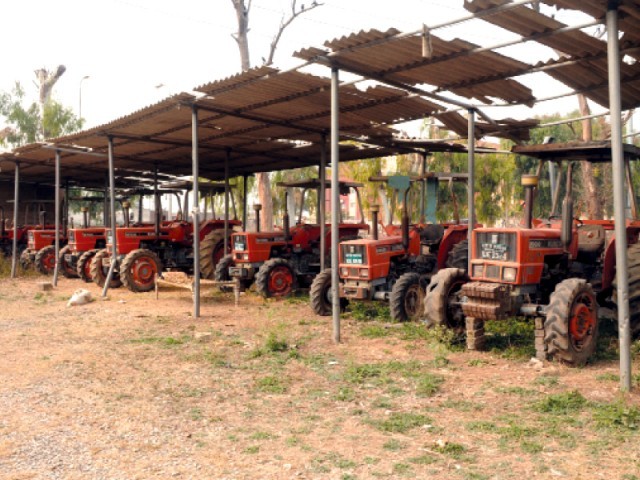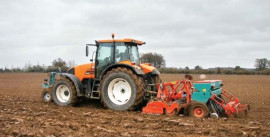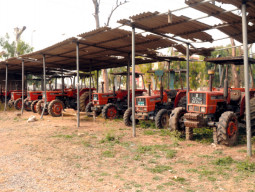
A widespread issue across Pakistan’s agriculture sector is the locally built low-powered tractors, revealed a report titled State of Pakistan’s Agriculture, which was launched by the Pakistan Business Council (PBC).
Tractor industry had been given protection from imports a few decades ago in order to support the local manufacturers and promote the production of tractors.
“Despite decades of protection and the government’s direct support to farmers for the purchase of these tractors, Pakistan’s most common tractors operate in the range of 50 horsepower,” stated the report.
The low horsepower tractors can typically plough soil to a maximum of about 18 inches.
“This means that on most farms in Pakistan, soil compaction is usually found at a depth of 15 to 18 inches. This is called ‘hard pan’ which must be broken for the cotton plant to grow sustainably,” explained the report.
The cotton plant sets its roots far deeper reaching over four feet and is best watered through its roots by using the water retained by the soil it grows in.
Hard pan means that the roots of a typical cotton plant are found to turn at right angle at the depth of around 18 inches, sometimes even less.
“Natural need of the cotton plant is not being met because of the inadequate farm machinery being used through seasons. This means that, instead of watering the cotton plant through the soil, excessive surface watering is commonly practiced in Pakistan,” stated the report.
The inappropriate watering provides a home to insects and leads to a higher use of insecticides, resulting in lack of compliance with the global sustainability standards.
“If the correct farm machinery is used, less surface water will mean less insects, less insecticide sprays, and greater sustainability,” the report added.
Published in The Express Tribune, March 24th, 2023.
Like Business on Facebook, follow @TribuneBiz on Twitter to stay informed and join in the conversation.


1731573461-0/BeFunky-collage-(57)1731573461-0-165x106.webp)
1722585575-0/BeFunky-collage-(22)1722585575-0-165x106.webp)
1731572852-0/emily-(2)1731572852-0-165x106.webp)
















COMMENTS (1)
Comments are moderated and generally will be posted if they are on-topic and not abusive.
For more information, please see our Comments FAQ